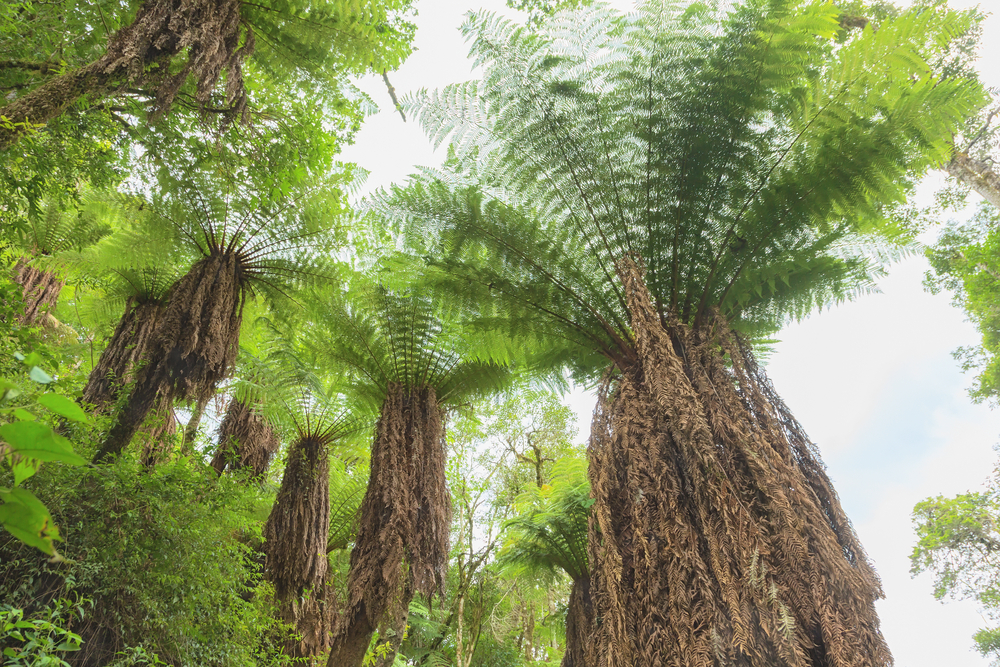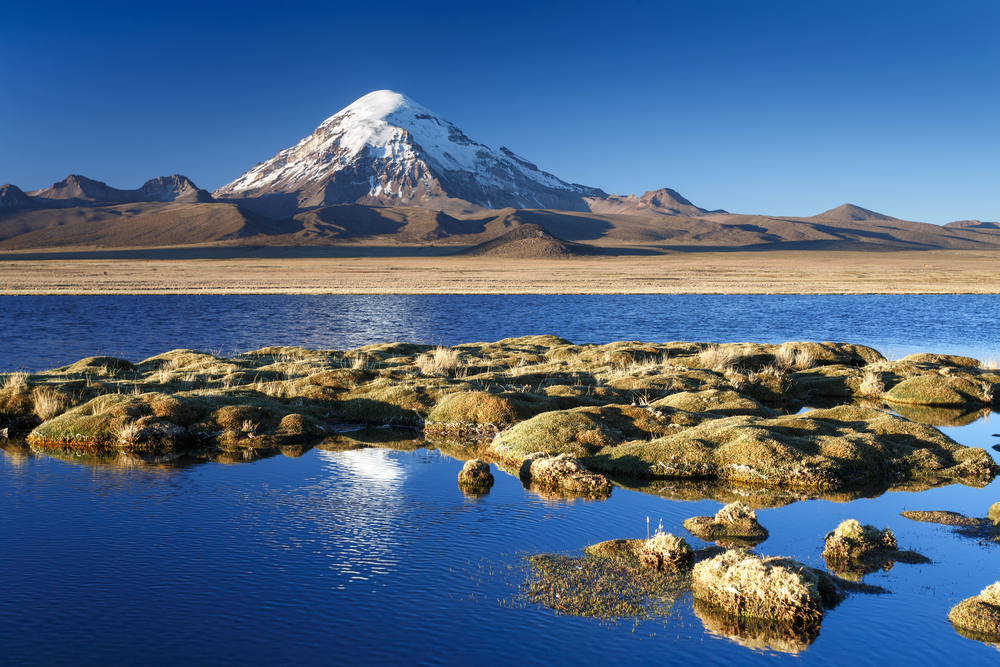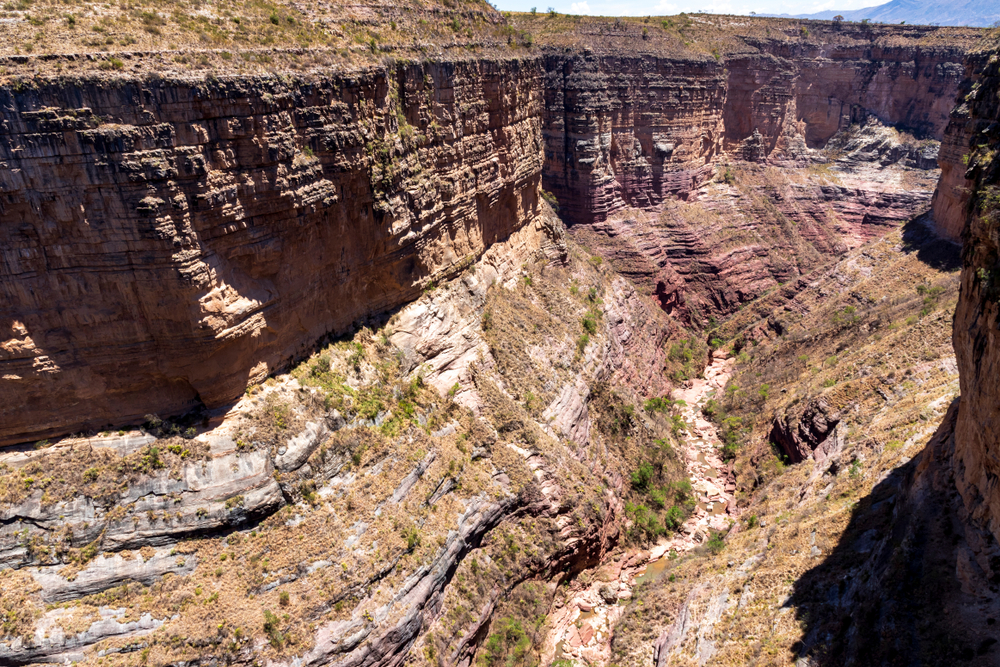Aguaragüe Overview
Aguaragüe National Park, known locally as Parque Nacional y Área Natural de Manejo Integrado Serranía del Aguaragüe, is a protected area in southern Bolivia, situated in the Tarija Department.
Covering approximately 455 square miles (1,180 square kilometers), it is the only national park within the Gran Chaco region of Bolivia. This park is located in the Serranía del Aguaragüe mountain range, which forms part of the eastern Andean foothills, offering a unique blend of ecosystems that transition between the Andes and the Chaco lowlands. The park is known for its lush cloud forests, deep ravines, and rolling foothills, providing an essential water source for surrounding communities.
The landscape of Aguaragüe National Park is characterized by steep mountain ridges, densely forested slopes, and river valleys that channel rainwater into the region’s watershed. The forests are primarily composed of humid montane vegetation, including a mix of evergreen trees, ferns, and moss-covered rocks.
The park’s lower elevations feature dry forests and transitional vegetation typical of the Chaco biome, with thorny shrubs, cacti, and quebracho trees. Several small rivers and waterfalls flow through the park, sustaining its rich biodiversity.
Due to its location at the convergence of multiple ecosystems, Aguaragüe is home to a wide variety of flora and fauna that thrive in both humid and dry conditions.
Wildlife within Aguaragüe National Park is diverse and includes species adapted to both the Chaco lowlands and the Andean foothills. Mammals such as jaguars, pumas, ocelots, and tapirs inhabit the dense forests, while smaller species like armadillos and peccaries are commonly found in the drier regions. The park is also home to a variety of primates, including howler monkeys and capuchins, which can often be heard calling from the treetops.
Birdwatchers will find Aguaragüe particularly rewarding, as it supports an array of avian species, including harpy eagles, toucans, and hummingbirds. The park also serves as a critical habitat for several endemic and threatened species, reinforcing its importance as a conservation area.
One of the park’s most notable features is its role as a vital water source for local communities. The forests of Aguaragüe act as a natural water catchment, feeding the rivers and streams that supply fresh water to towns and villages in the surrounding region. The park is also known for its dramatic viewpoints, offering panoramic vistas of the surrounding mountains and forests.
Visitors to Aguaragüe can engage in various outdoor activities, including hiking, birdwatching, and nature photography. Trails wind through the park’s dense forests, leading to waterfalls and scenic lookouts. Local guides offer tours that provide insights into the park’s biodiversity and cultural significance to indigenous communities. Additionally, researchers and conservationists frequently study the park’s ecosystems, contributing to its ecological preservation.
Despite its ecological importance, Aguaragüe National Park faces significant conservation challenges, primarily due to deforestation, illegal hunting, and oil extraction. The presence of hydrocarbon reserves within the park has led to ongoing conflicts between conservation efforts and industrial interests. Efforts to balance development with environmental protection remain a critical issue for park management.
However, conservation initiatives, including reforestation projects and community engagement programs, have been implemented to protect the park’s biodiversity. Local organizations and government agencies continue to work toward sustainable management solutions that prioritize both environmental conservation and the needs of nearby communities. Aguaragüe remains an invaluable natural resource and a key component of Bolivia’s protected areas.













































































